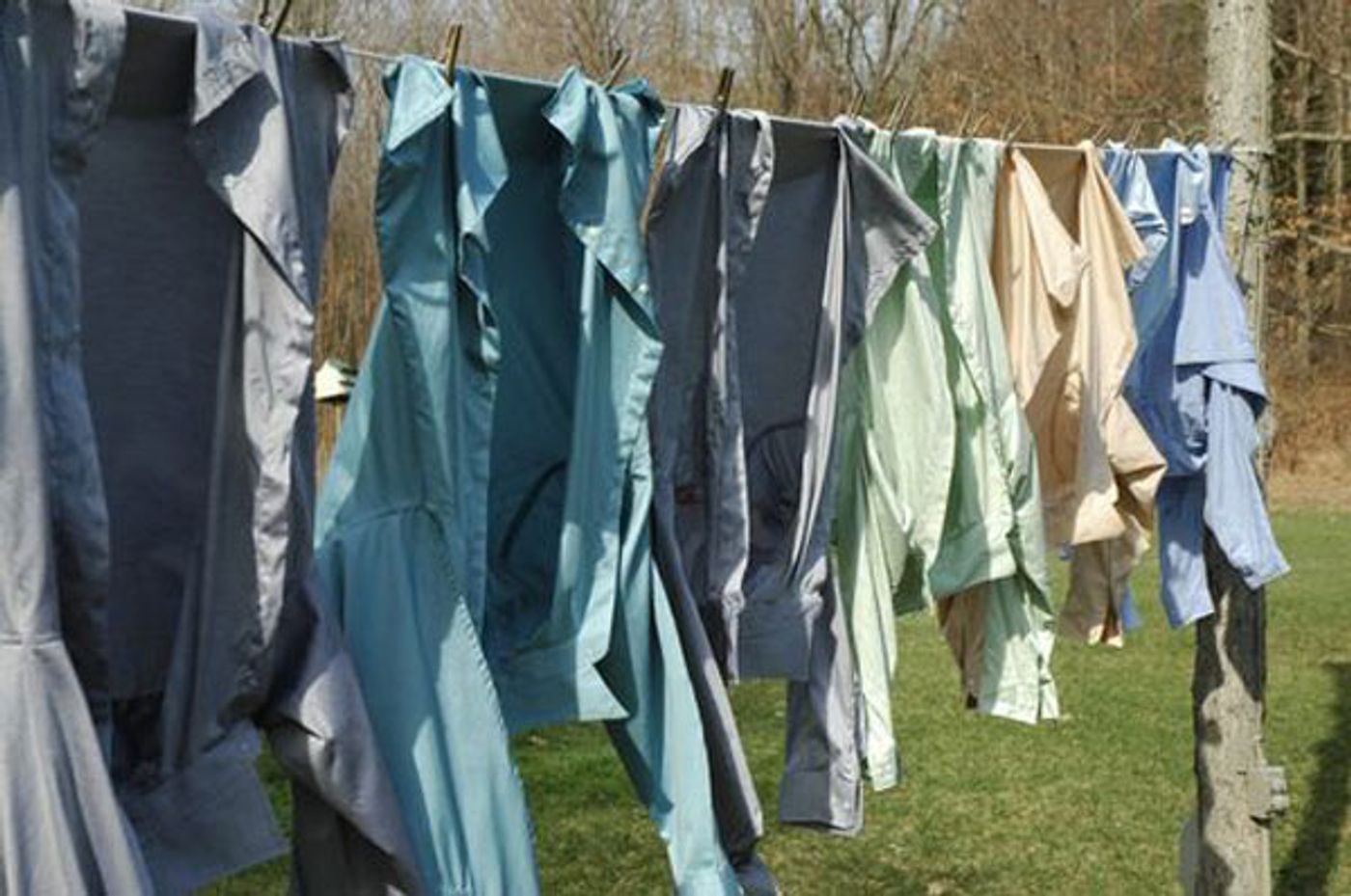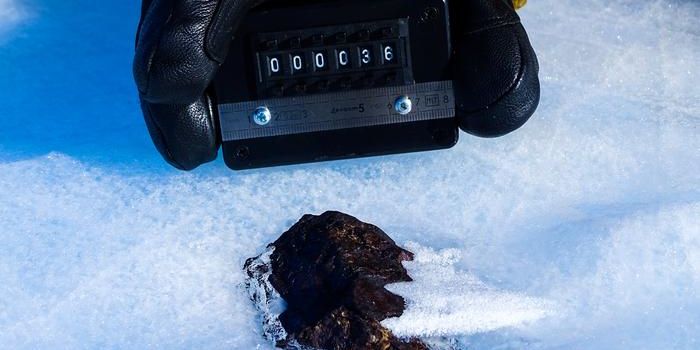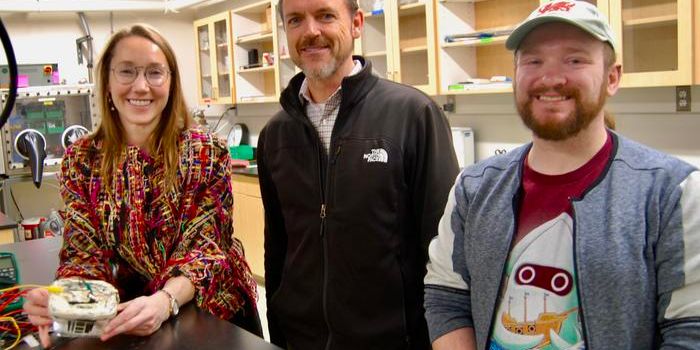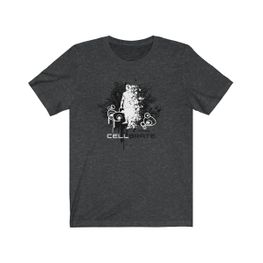How to Green Your Laundry
This article has been republished from Treehugger. It has been edited for republication purposes.
The average household does almost 400 loads of laundry each year, consuming about 13,500 gallons of water according to Energy Star. Switching to an Energy Star-qualified front-loading (or "horizontal axis") machine can save as much as 7,000 gallons of water per year. Over the approximately 11-year life of a washer, that's enough water to fill up three backyard swimming pools or provide a lifetime of drinking water for six people! An Energy Star-qualified clothes washer can also save you $550 in operating costs over its lifetime, compared to a one that doesn't bear the label. Many new efficient washers can easily pay for themselves over the course of their useful lives. (Hint: If you purchased your washer before 1994, it's time to consider replacing it.) Your dryer checks in at number two on the list of household energy hogs (right after your fridge), costing the average household more than $96 per year in energy, according to the U.S. Department of Energy. So going with clothesline or drying rack can help you save on your utility bills.
Get the stats:
-
90%: Amount of total of energy used by a typical washing machine to heat the water; only 10% is used to power the motor.
-
34 million tons: Amount of carbon dioxide emissions that would be saved if every U.S. household used only cold water for washing clothes--that's nearly 8% of the Kyoto target for the U.S.
-
99 pounds: Amount of carbon dioxide emissions saved per household each year by running only full loads of laundry.
-
700 pounds: Amount of carbon dioxide emissions saved each year by line-drying your family's laundry. You'd save 75 bucks, too.
-
7,000 gallons: Amount of water saved per year by a typical front-loading washing machine compared to a top-loading washing machine.
-
88 %: Average increase in energy efficiency for a washing machine between 1981 and 2003.
-
49% of laundry loads run with warm water in the U.S. 37% are run with cold water and 14% with hot.
Top Green Laundry Tips
-
Wear it more than once: It doesn't go for everything (unmentionables and socks come to mind), but the simplest way to cut back on your laundry's impact is to--duh!--just do less of it. Wearing your clothes more than once before tossing them in the dirty pile is the first step in greening your laundry habits. The United Nations Environment Programme crunched the numbers and discovered that you can consume up to five times less energy by wearing your jeans at least three times, washing them in cold water, and skipping the dryer or the iron. Even Levi's jeans is on this bandwagon. They recommend washing jeans every two weeks rather than every day or on a weekly basis.
-
Use green laundry detergent:Conventional detergents can contain ingredients that aren't good for you, your clothes, or aquatic ecosystems where the dirty water we wash down the drain can end up. Phosphates in conventional laundry soaps can cause algal blooms that negatively effect ecosystems and marine life. To shop for more eco-friendly detergents, look for labels that indicate a product is readily biodegradable and phosphate-free, and made from plant- and vegetable-based ingredients (instead of petroleum-based), which means they're healthier for the planet, from production to rinse cycle. These are often gentler on skin, too. Other alternatives include soap nuts, which are made from certain tree seeds, produce a soapy substance when they come in contact with water, and can be composted after being used up. (A liquid version is available, too.) Fabric softeners, by the way, can be replaced by a cup of white vinegar added to the washer during the rinse cycle. Vinegar naturally balances the pH of soap, leaving your clothes soft and free of chemical residue.
-
Choose concentrated detergent: Concentrated laundry detergents have reduced packaging and a smaller carbon footprint (because more useful product can be shipped using less space and fuel). Plus, they deliver more bang for the buck. One brand, called Cot'n Wash, has received high marks. Some big-time retailers such as Wal-Mart now sell only concentrated laundry detergents; soon it may be the only kind you can get. Be sure to use a concentrated detergent that is right for your machine. Horizontal axis machines need a different formulation, or there is too much foam and it can wreck the machine
-
Make your own laundry detergent: Do-it-yourself laundry soap is perhaps the greenest way to go. You'll need just a handful of ingredients that can all be found at most grocery stores. Check out some recipes for liquid and powder detergents.
-
Wash by hand: We know what you're thinking - hand washing is time consuming, but there are some great tools that make it easier. Laundry plungers are cheap and efficient, and we love the idea of a pedal washer - exercise while you wash your laundry! If that's not your thing, you could take your clothes into the shower with you, throw in some all-purpose soap and get stomping! Hand washing really gives you a sense of how much laundry you're going through on a weekly basis so why not give it a try? You might be surprised at your weekly load.
-
Maximize your washer for energy efficiency: If you have a top-loading washing machine from the last century, chances are it uses twice as much water per load than a newer machine. Front-loading washing machines (also sometimes called "horizontal axis" machines) bearing the Energy Star logo typically use between 18 and 25 gallons per load, compared to 40 gallons for older machines. But you can also upgrade efficiency but washing in cold water. A whopping 90% of energy used for washing clothes goes to heating the water, costing you $100 or more every year. With more and more detergents specialized for cold-water washing, your whites will still get white without the hot (or warm) water. Next, be sure to wash only full loads of laundry, which ensures that your machine is operating at peak efficiency. If you can't manage to fill 'er up, the "load size selector option" (if you have one) ensures that smaller loads use less water. The same rule applies to the dryer, by the way.
-
Hang it out to dry: There are upward of 88 million dryers in the U.S., each emitting more than a ton of carbon dioxide per year. Because dryers uses so much energy, skipping it altogether can make a real difference. Clothes also last longer when you line dry because there's less wear and tear than when you use the dryer. You don't have to have a backyard to hang your clothes either. Using a drying rack (even in the winter!) requires a small amount of space and gives you a bit of exercise!
-
Maximize your dryer: Line-drying doesn't have to be an all or nothing choice. If you're sticking with the dryer for part (or all) of the time, cleaning the lint filter frequently will increase efficiency and shorten drying time. If your dryer has a moisture sensor, use it. This will automatically reduce the amount of drying time or shut off the machine when it senses that clothes are dry. As of this year, Energy Star began to rate dryers, so make sure to check for their stamp of approval. We also recommend ditching the dryer sheets, which can be full of cancer-causing chemicals and neurotoxins such as toluene and styrene. They also break down organic fibers, shortening the life of your fabrics. Instead, toss a sachet of dried organic lavender in the dryer for a healthy, sweet scent. For more hot dryer tips, visit TreeHugger. If you're going to be using a dryer, the best option is the heat pump, or condensing dryer. It condenses the moisture out of the dryer air, then reheats it. This design is great because it doesn't require any additional air - it's a closed loop!
-
Don't iron if you don't have to: Not only is ironing a tedious chore, it also consumes energy and can deteriorates fabric. To avoid looking haggard, simply hang clothes up immediately after the wash cycle is complete. The water still in them will work with gravity to pull most wrinkles out. For wrinkle-prone clothing such as linen, cut the final spin cycle, which will leave even more water in the garments, creating yet more pull. Then fold dry clothes where you want creases to be, and place them under other clothes in your dresser, which will further help to press them.
-
Head to the laundromat: Commercial washers and dryers tend to be more efficient than domestic versions, so taking your bundle to the neighborhood laundromat may use less energy. If you drop your laundry off (or have it picked up) for service, ask the cleaner to use green detergents. Some Laundromats, such as one in Chicago that is using solar power for hot water, are even embracing alternative energy.
-
Don't bother with dry cleaning: Conventional dry cleaning is a decidedly un-green process; most businesses use the chemical perchloroethylene (also called "perc"), which research studies have shown may be dangerous to our health. Exposure to this chemical has been linked to increased risks of bladder, esophageal, and cervical cancer; eye, nose, throat and skin irritation; and reduced fertility; among other effects. If you want to eliminate dry cleaning from your life, start by buying clothes that don't require it--it's wise to read labels before making purchases. Also, recognize that many delicates and other garments, including those made from cashmere and lambs' wool, can be safely and easily hand washed. For those items that must be professionally treated, don't sweat it. Reducing your exposure--not eliminating it--is a fine goal. Plus, greener dry cleaners are also on the horizon. Some businesses now use liquid carbon dioxide instead of perc; use the EPA's list of CO2 cleaners (pdf) to find out if there's one near you. Wet cleaning is another professional alternative that uses water, along with computer-controlled washers and dryers, specialized detergents that are milder than home laundry products, and professional pressing and finishing equipment.
Sources: Treehugger, StopGlobalWarming.org, Ready, Set, Green, Energy Star, Association of Home Appliance Manufacturers, U.S. Department of Energy


















































